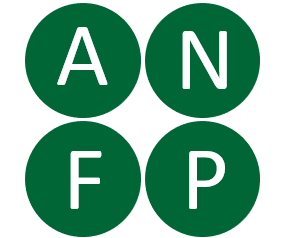Importance of Zinc Nanoparticles for the Intestinal Microbiome of Weaned Piglets
by Daria Baholet, Sylvie Skalickova, Andrej Batik, Svetlana Malyugina, Jiri Skladanka and Pavel Horky

Abstract
The scientific community is closely monitoring the replacement of antibiotics with doses of ZnO in weaned piglets. Since 2022, the use of zinc in medical doses has been banned in the European Union. Therefore, pig farmers are looking for other solutions. Some studies have suggested that zinc nanoparticles might replace ZnO for the prevention of diarrhea in weaning piglets. Like ZnO, zinc nanoparticles are effective against pathogenic microorganisms, e.g., Enterobacteriaceae family in vitro and in vivo. However, the effect on probiotic Lactobacillaceae appears to differ for ZnO and zinc nanoparticles. While ZnO increases their numbers, zinc nanoparticles act in the opposite way. These phenomena have been also confirmed by in vitro studies that reported a strong antimicrobial effect of zinc nanoparticles against Lactobacillales order. Contradictory evidence makes this topic still controversial, however. In addition, zinc nanoparticles vary in their morphology and properties based on the method of their synthesis. This makes it difficult to understand the effect of zinc nanoparticles on the intestinal microbiome. This review is aimed at clarifying many circumstances that may affect the action of nanoparticles on the weaning piglets’ microbiome, including a comprehensive overview of the zinc nanoparticles in vitro effects on bacterial species occurring in the digestive tract of weaned piglets.


